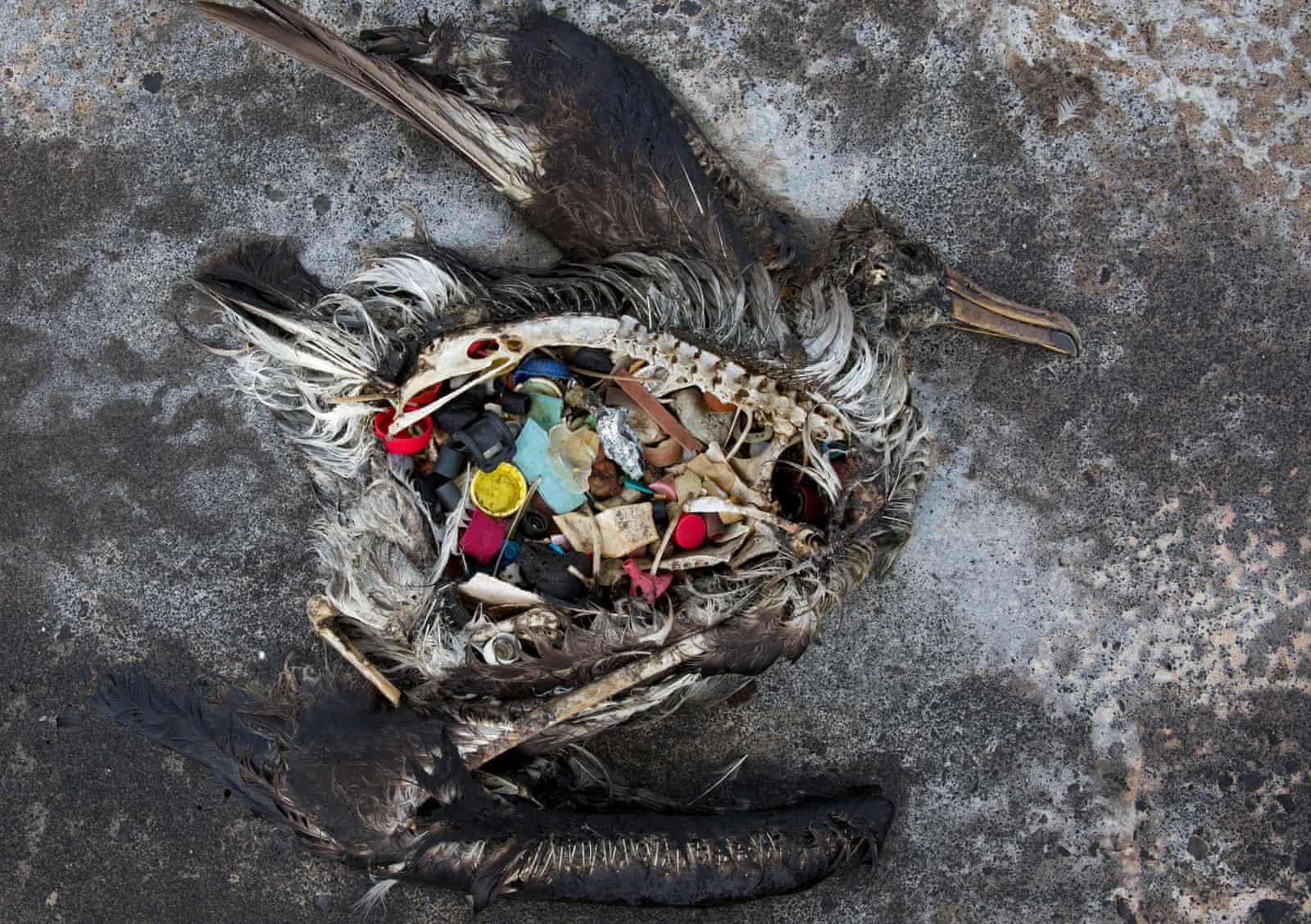From a farm to a cup, coffee beans undergo different processes before they are ready for consumption. Throughout these processes, conventional methods of production account for about 15.33kg of carbon dioxide per 1kg of green coffee (from Nab and Maslin, 2020), which is equivalent to the mass of 750 sushis! With more than 100 million bags of 60kg coffee being produced annually, one can only imagine the amount of carbon footprint produced. In this week's series of Bean on a Journey, we start by understanding the flow of coffee production. In the next two parts of the series, we will focus on the wet processing phase, which has recently gained more attention among the coffee community.
Generally, an avid consumer of coffee would understand the flow of production similar to what is shown in figure 1. Based on this knowledge, farming seemed to be understood as the most notorious for pollution due to the chain impacts caused by deforestation and farming processes (from Varcho, n.d.). Such impacts include water pollution from soil erosion and overfertilization, and air pollution from releasing sequestered carbon during deforestation.
 |
| Figure 1: Coffee production process. Adapted from: https://ecoffee.vn/hanh-trinh-ki-dieu-mang-ten-from-farm-to-cup/ |
Other commonly known processes that contribute to pollution are roasting and brewing. During both processes, coffee grounds are usually disposed of as waste. As coffee grounds are organic, they release carbon dioxide and methane when they decompose in landfills, polluting the air, and contributing to global warming.
In between the mentioned processes, is the often-neglected coffee processing phase (refer to figure 2), which has recently risen in prominence due to sustainability efforts. Wet processing, in particular, is subjected to hot debates as it is water-intensive, and accounts for 54% of the water required in the entire production process (from Giraldi-Diaz et al., 2018). This suggests that a high magnitude of pollutants is being released during this process, and as such, garnering more attention to itself over the past few years.
 |
| Figure 2: Detailed flow of coffee production. The red box indicates the processes in question. Adapted from: Giraldi-Diaz et al., 2018 |


No comments:
Post a Comment